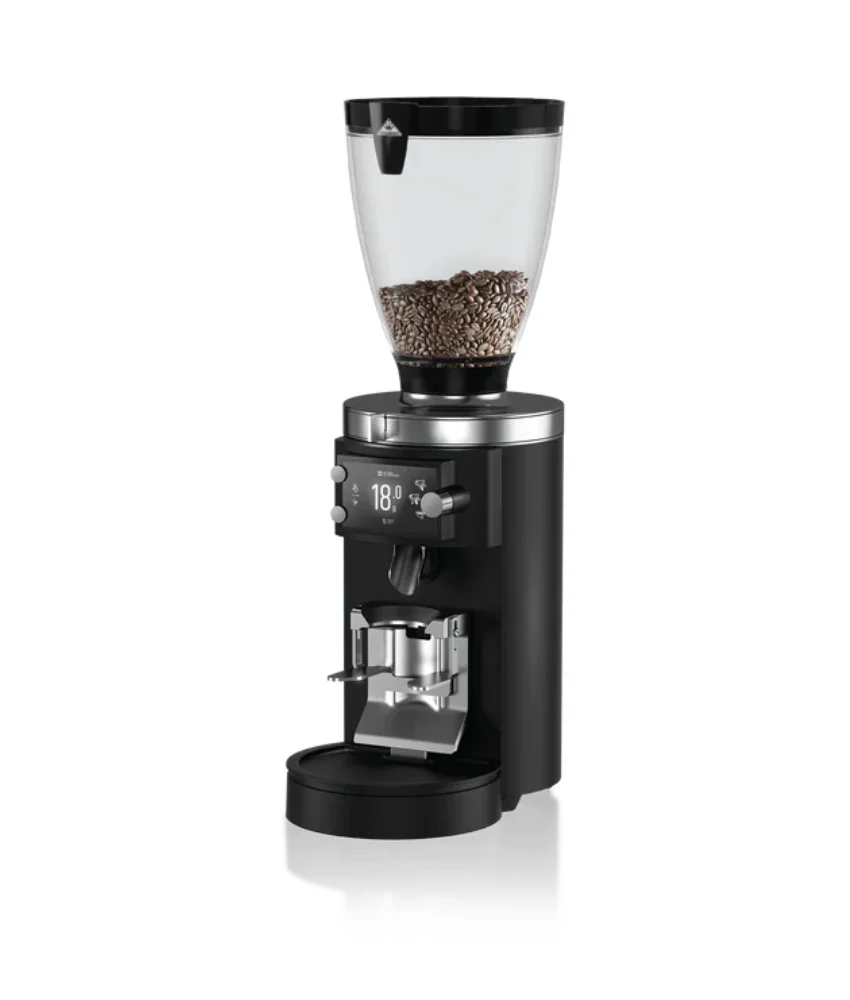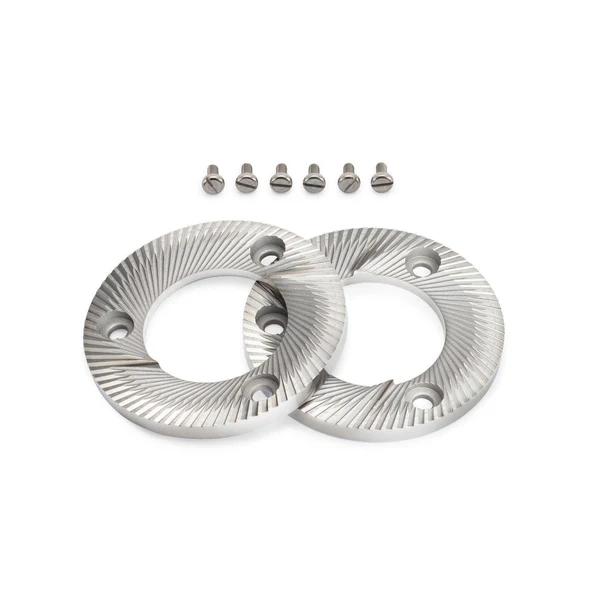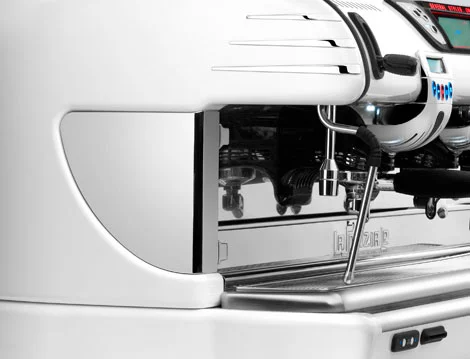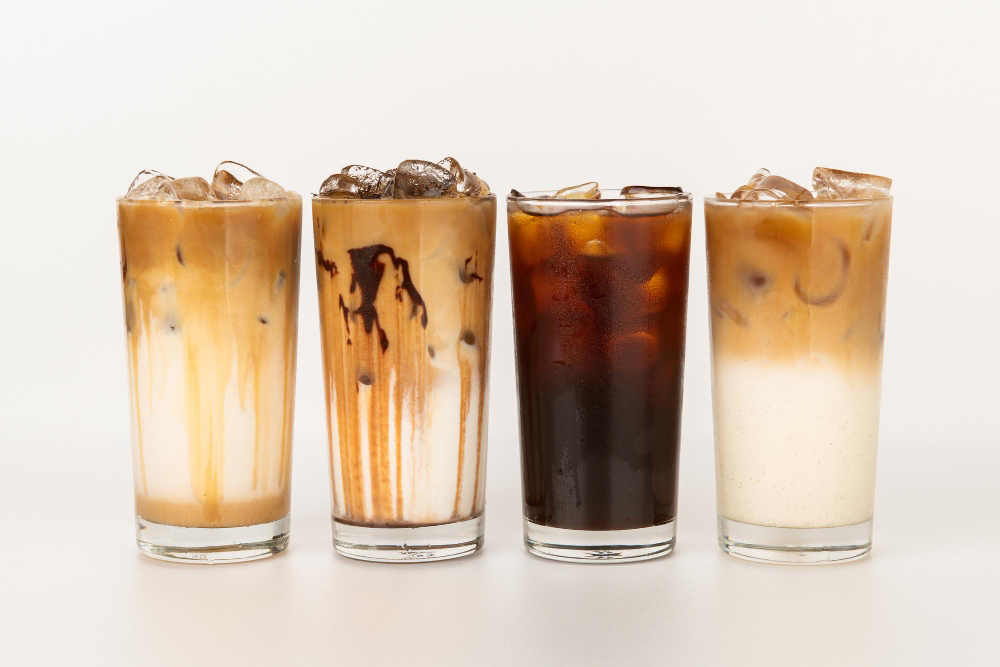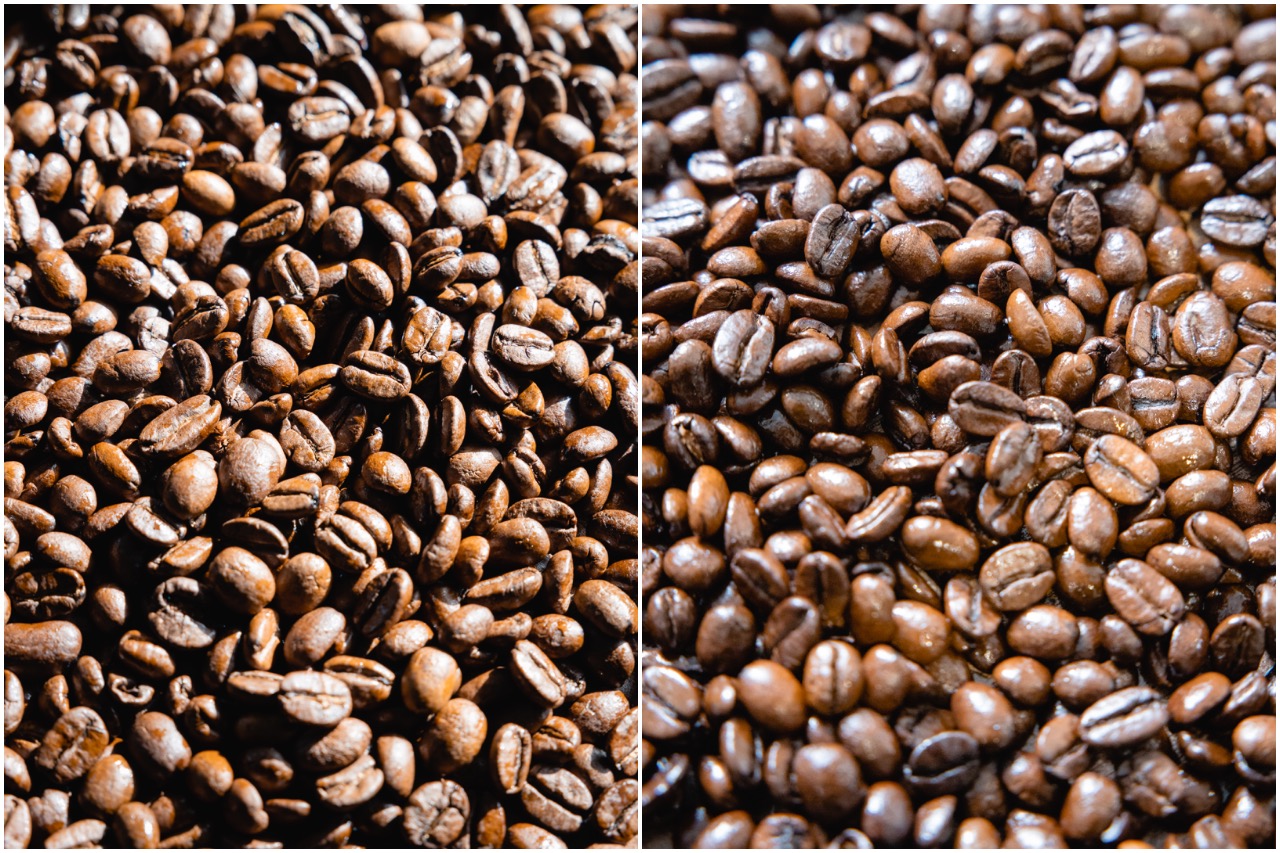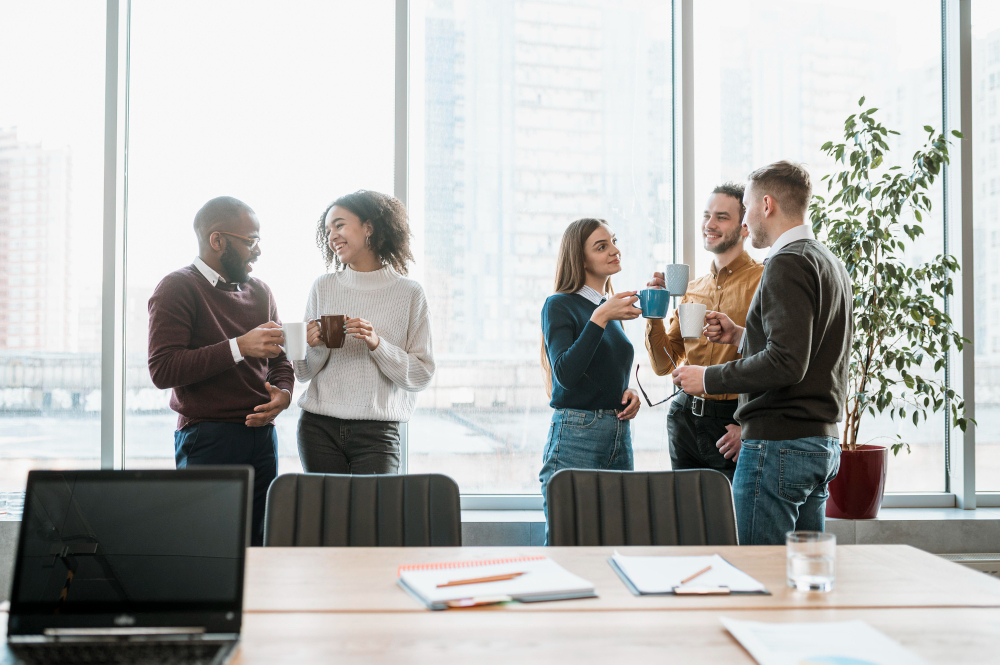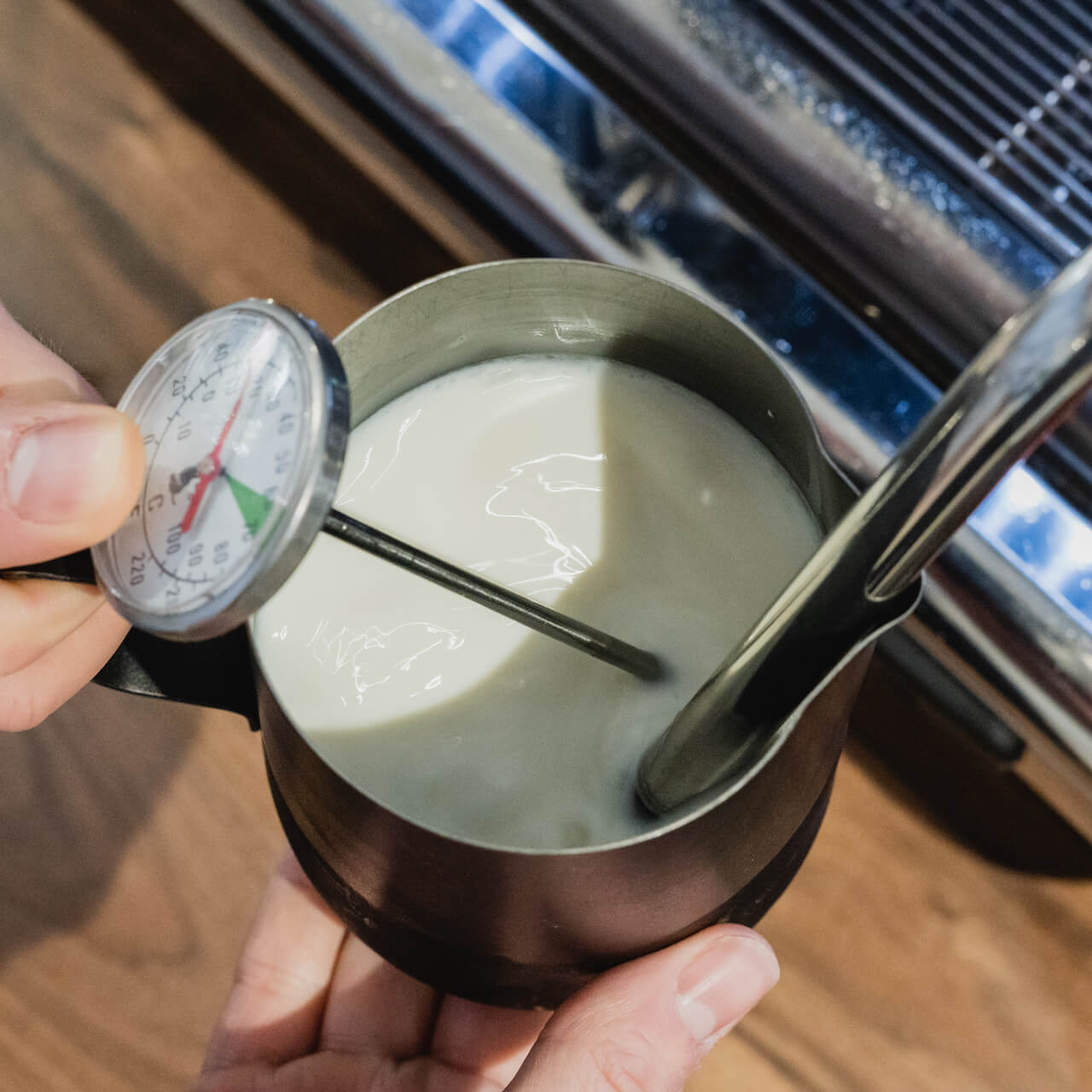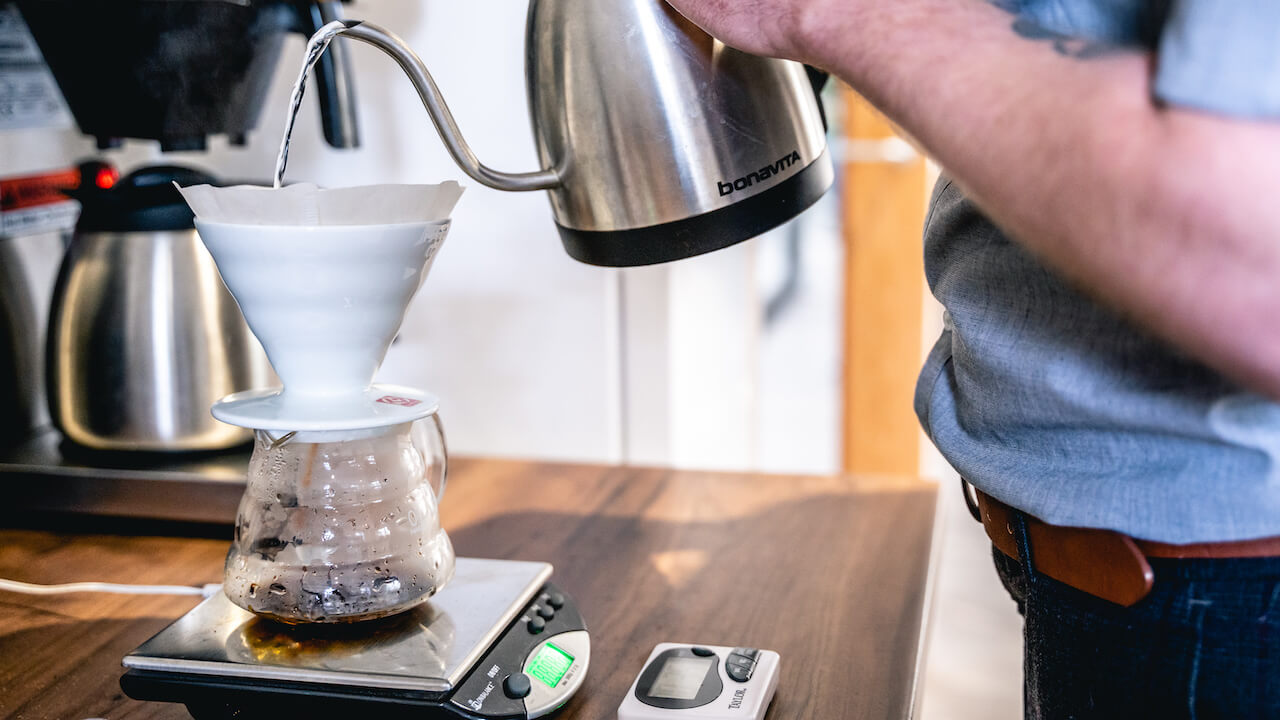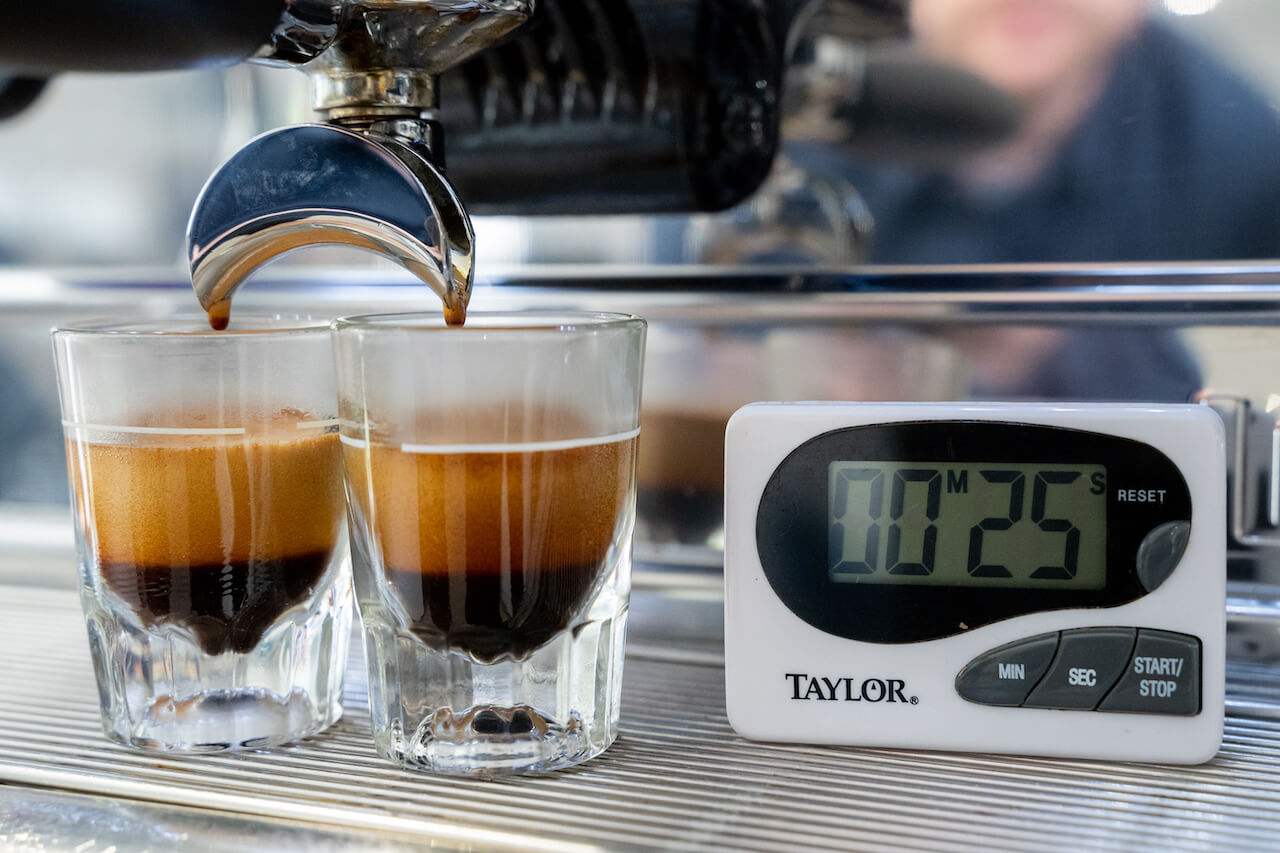Fresh is best...or is it?
As coffee enthusiasts, baristas and suppliers, one piece of advice that is thrown at us constantly is the importance of freshness in coffee. The ethos of ‘Fresh is Best’ is evident through most coffee literature and is definitely the first thing that springs to mind when talking about the importance of consistency in our coffee’s flavour. It is absolutely true that, stale, old coffee is one of the biggest causes of bitter, flat tasting coffee. With this being ‘common knowledge’ the push in recent years for roasters to provide coffee that is ‘roasted to order’ has meant that a lot of us are drinking coffee that is only days old. On the surface, this seems to be a great step in improving the consistency of the coffee, but what we have found to be evident is there may actually be such a thing as coffee being too fresh.
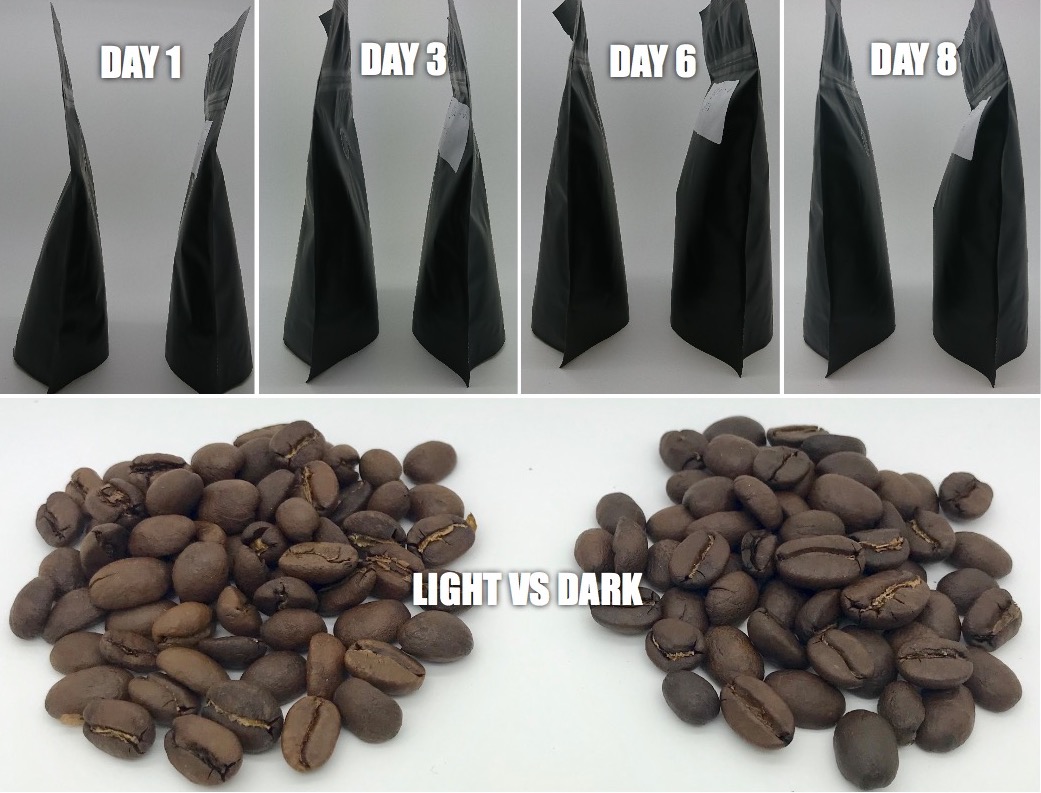
The roasting of coffee creates a large amount of gases, including carbon dioxide, that are held within the bean’s structure. Following roasting, the levels of these gases are particularly high. As coffee rests, the coffee will release these gases, and their levels will deplete over time. It is believed that these gases get in the way of the flavours of our coffee dissolving in to water. The higher the gas levels, the ‘cloudier’ the flavour of our coffee. Rested coffee tends to give a clearer more consistent, identifiable taste.
Many roasters will roast their coffee, bag it up, seal it and ship it out within hours of roasting. Some roasters are aware of this to an extent and will therefore leave their roasted coffee to rest for a day before bagging it. This allows for this excess gas to be released more effectively. Here at Limini Coffee, we aim to rest your coffee for a few days. Filter style coffees a couple of days, espresso style coffees a little longer. We work hard to maintain stock levels just right so that your coffee arrives ready to brew.
Once bagged, during the first week of coffee sitting on a shelf, a large amount of further gases will release from the beans. This gas release is evident in the expanding of sealed coffee bags over time. In addition, the flavour of the coffee will develop further, allowing for the production of further volatile compounds (aromas). The point here being, in the first few days of resting, the flavour of the coffee you are brewing is changing due to the large amount of carbon dioxide 'interfering' with the extraction.
If you have received a large order of bags of coffee you may have noticed that some bags look to be filled with gas, whilst others from the same roast are not. The cause of this is often due to the coffee sitting in boxes before being shipped. The bags at the bottom of a box will release these gases more readily via the one way air valve due to the weight imposed on them.
Why bag it so quickly then? When not sealed in, our coffee is subject to external factors such as oxygen, humidity and foreign odours. Not bagging our coffee quick enough could mean the flavour is altered and therefore inconsistent from roast to roast. The discussion here therefore is really about how long should we allow a ‘bag’ of coffee to rest, allowing for large levels of gases to be released from the beans and allowing the further development of the coffee’s aromatics.
From our own tests here at Limini Coffee, we found that roasted coffee’s flavour becomes more consistent and has more clarity once the coffee has rested for 7 days or more. For filter style coffee we recommend to age coffee for a week from the roasting date, for espresso about two to three weeks. It is also worth bearing in mind that the storage conditions of the coffee will also affect this resting time - in the winter extend the resting time a little as the degassing is slower due to the cold weather.
Please ensure that you keep your coffee bags stored upright. This is really important as this allows the correct off gassing to happen.
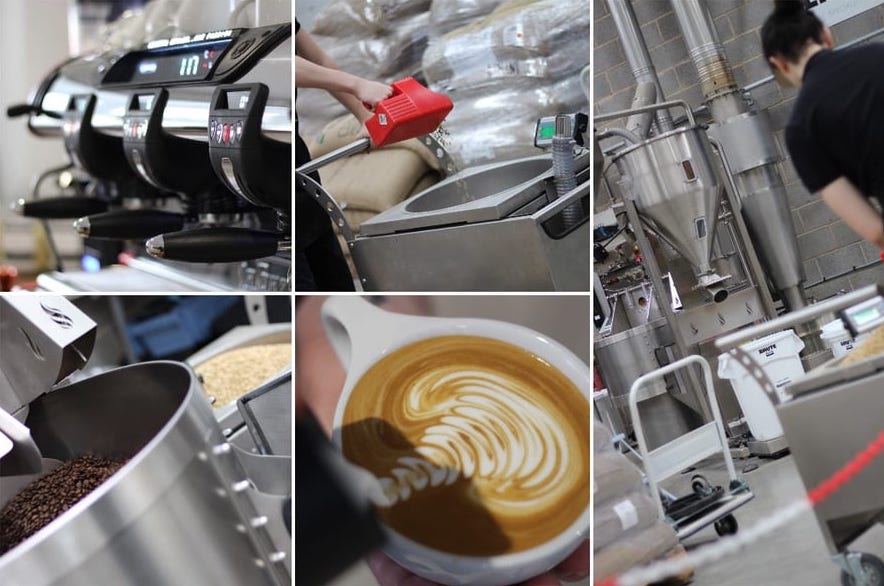
Here at Limini Coffee we use Loring roasters. This roaster roasts the coffee in an oxygen free environment and uses convection instead of conduction. The result is that the beans are less damaged compared to traditional drum roasting and therefore the coffee stays fresh much, much longer.
Another factor to bear in mind is the way in which the coffee is roasted and the blend of beans may also affect the levels of gases. This may then affect the length of time the coffee needs to rest. A great example of this is the results of the amount of gases released from two roasts we carried out, one roasted 6 degrees celsius darker than the other. It can be observed that the darker roast has produced a much greater level of these gases over eight days, observed in how much the coffee bag has swelled.
The method we use to create our drink, whether it be espresso or filter, for example, also has some bearing on the coffee’s need to rest. Due to the fact that the creation of espresso involves pressure brewing, the effect of too much gas is particularly evident in espresso. Taking one day old coffee and producing an espresso from it, results in a very bubbly crema and little clarity in taste. Imagine how the taste differs in a freshly poured glass of soda versus one that has gone flat. The presence of air bubbles definitely has an effect on taste. This is less obvious in filter coffee as the excess gas is able to escape, however flavour clarity is still an issue.
What will be interesting is the next time you receive your bag of freshly roasted coffee, why not try it over the first few days of resting and see how the flavour changes for yourself. Is that flavour clearer, more aromatic and more consistent the week following roasting?
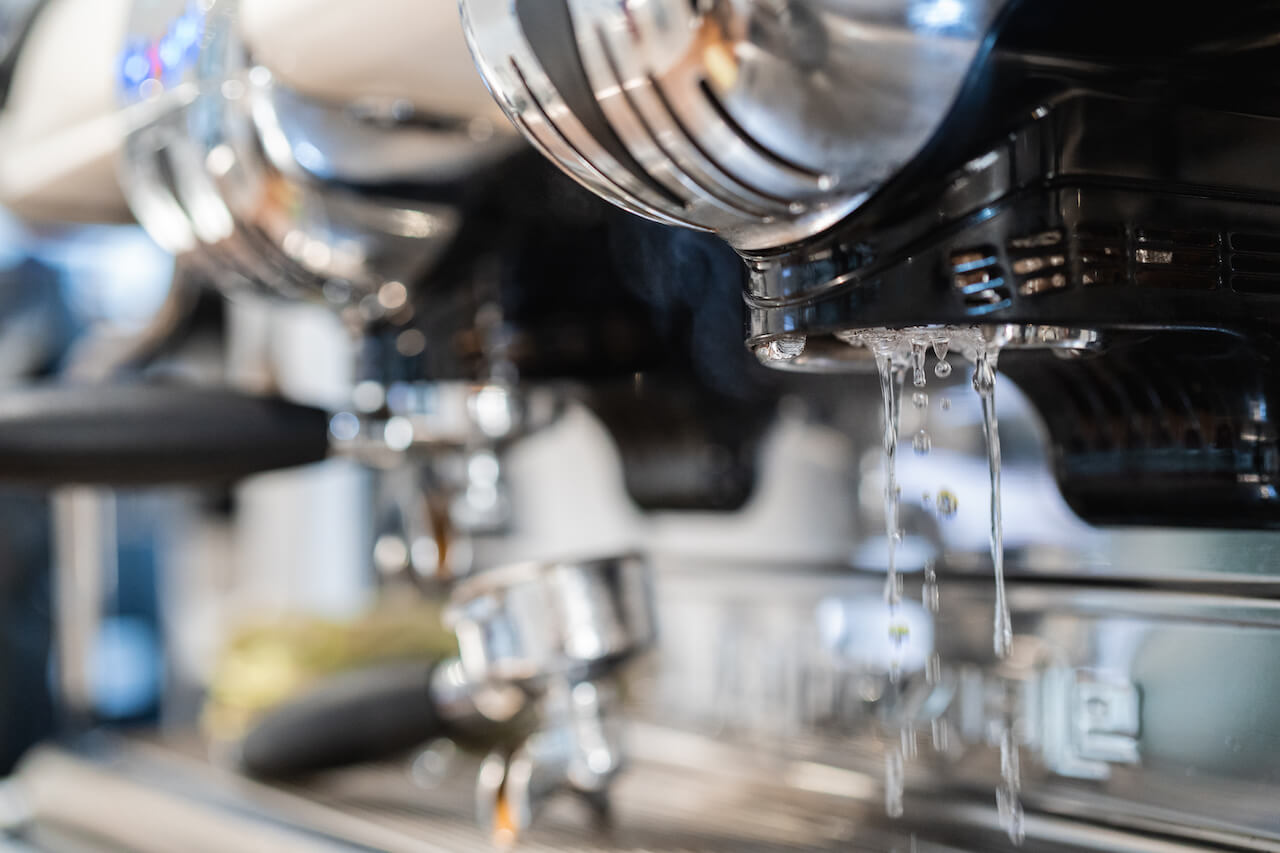
Flushing of the group head
Why the need for flushing the group head should be an important part of your routine.
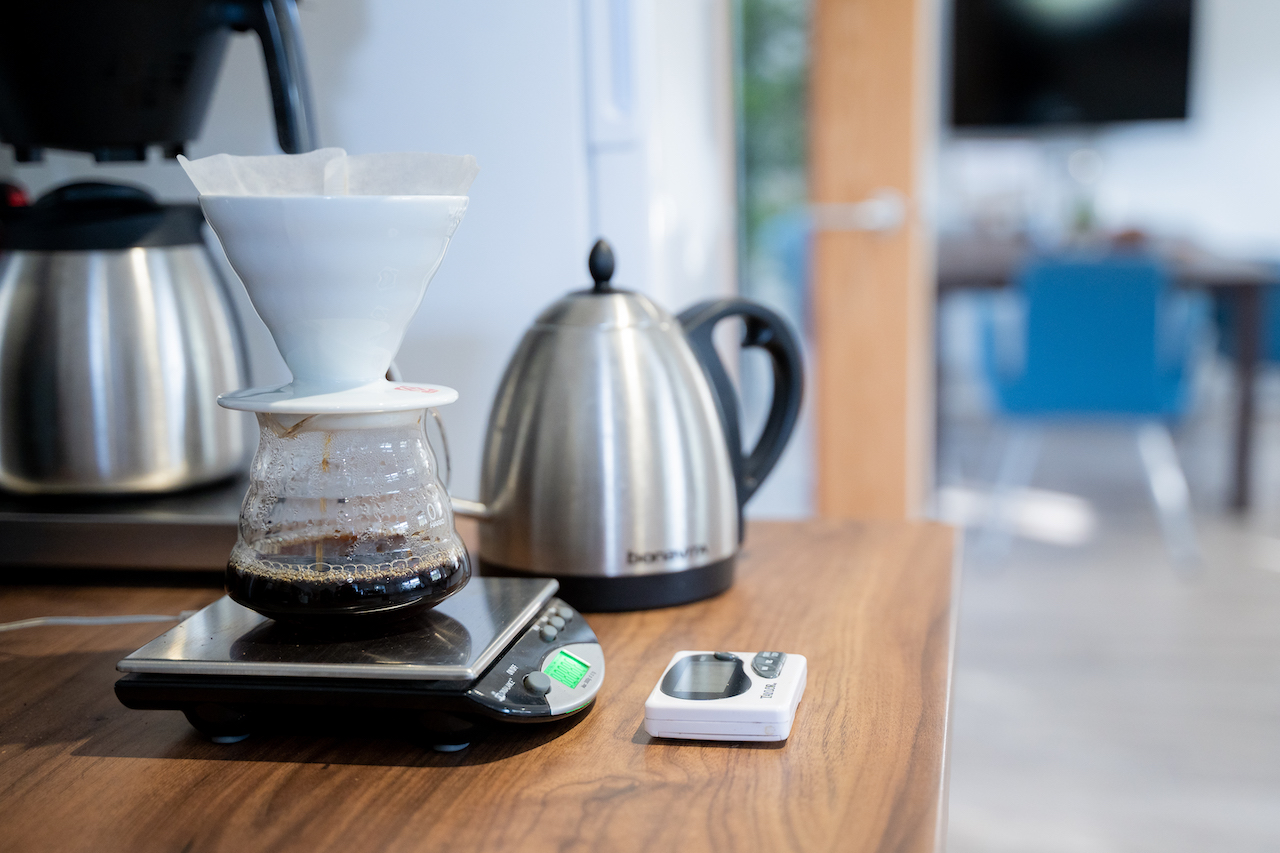
How to serve filter coffee
An article about the various methods of how to serve filter coffee in a busy coffee shop.

What is that smell?
You walk through the doors into your beautiful coffee shop and you smell the wonders of coffee.
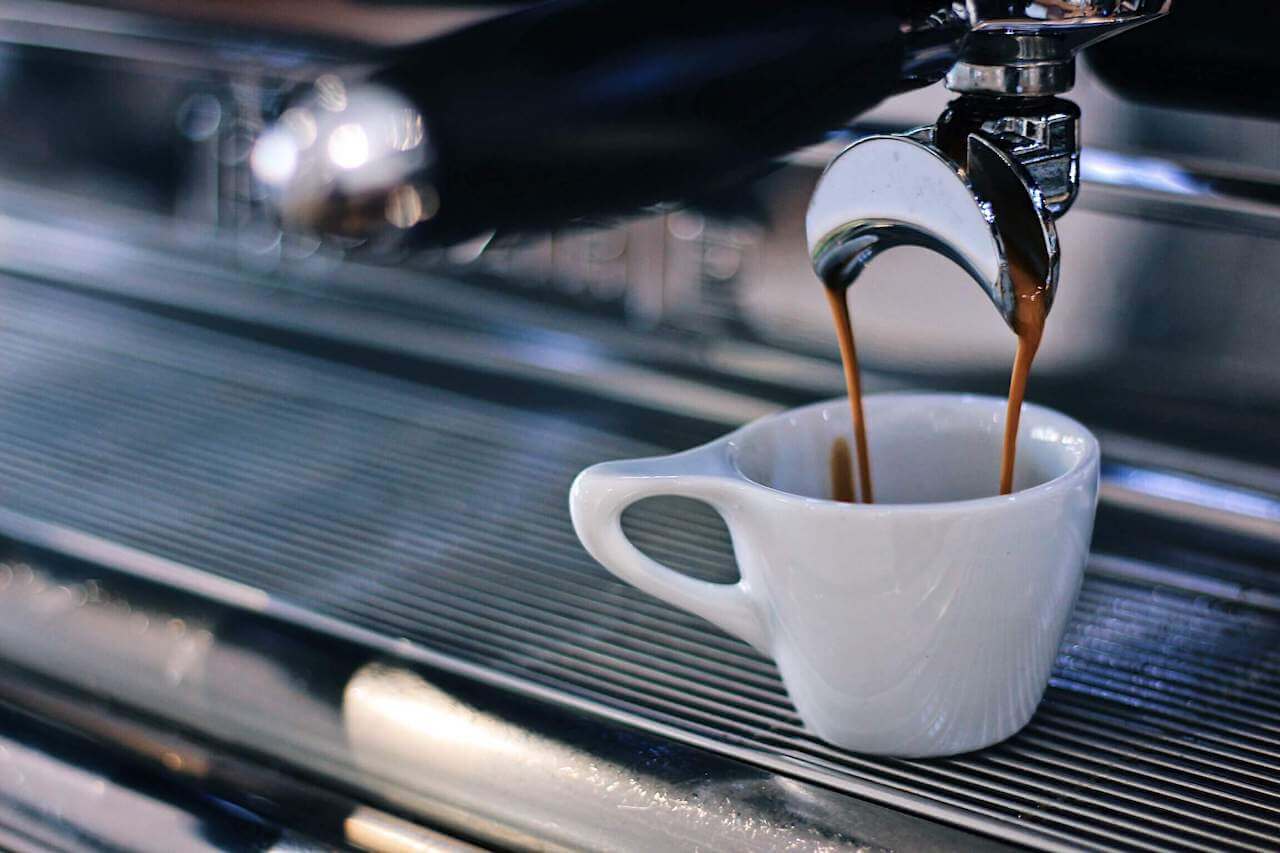
No more espressos...
A different concept for serving espresso based drinks.You can be different and serve coffees with a different base.
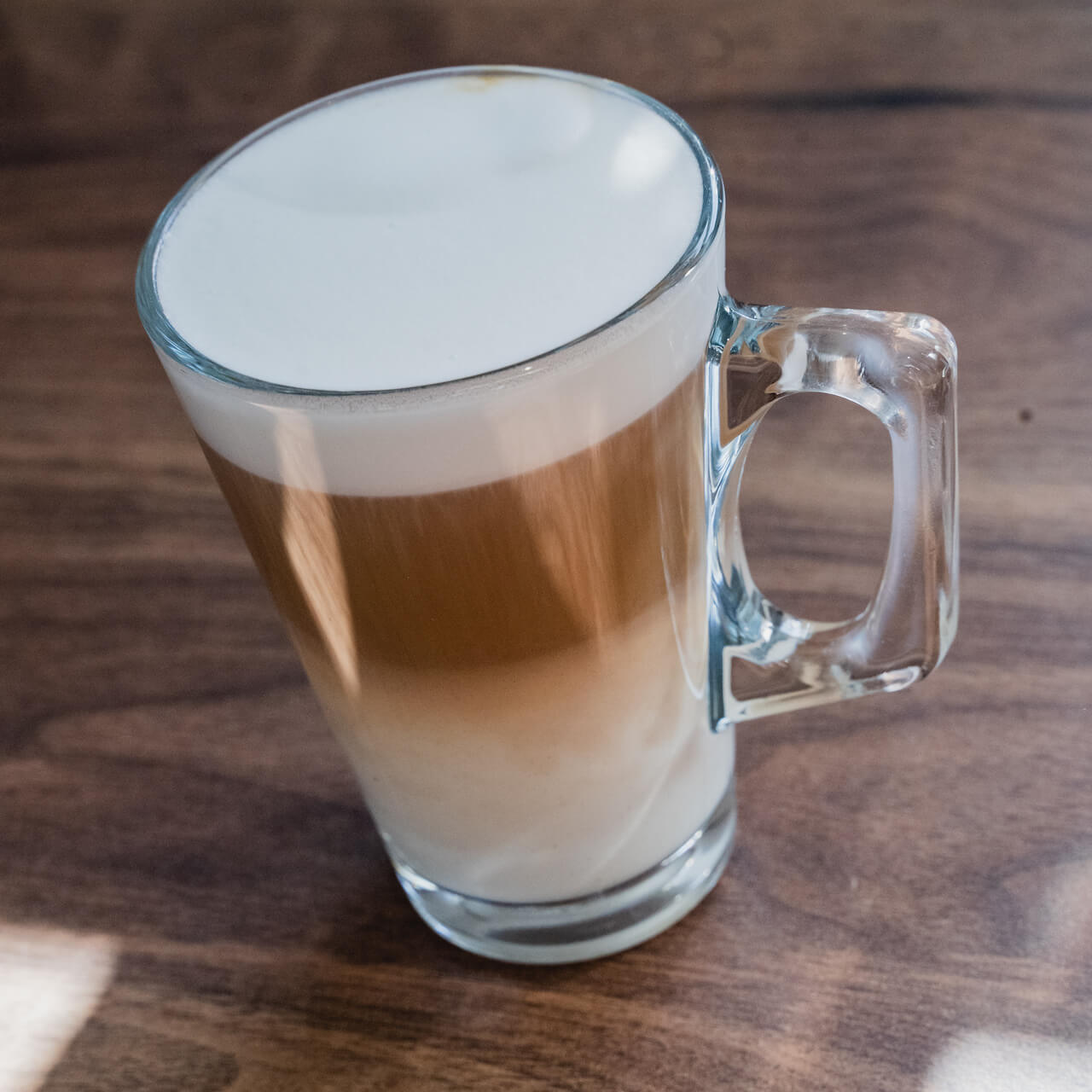
Latte, cappuccino, macchiato.... what?
A simple explanation of many of the amazing names that the coffee world has come up with over the years.
Tamping
Learn more about why tamping is actually so important. It is a skill owned by the barista and it does make a difference.

Compact vs normal size machines
What really is the difference between a compact and a standard size machine.

Guide to espresso equipment
Our comprehensive guide on choosing the correct equipment for your espresso drinks.
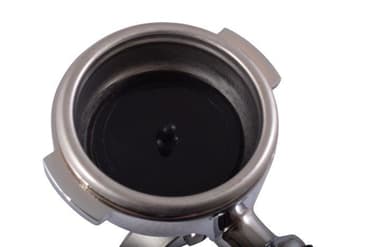
Backflushing your espresso machine
Learn about why you need to backflush an espresso machine and how it works.
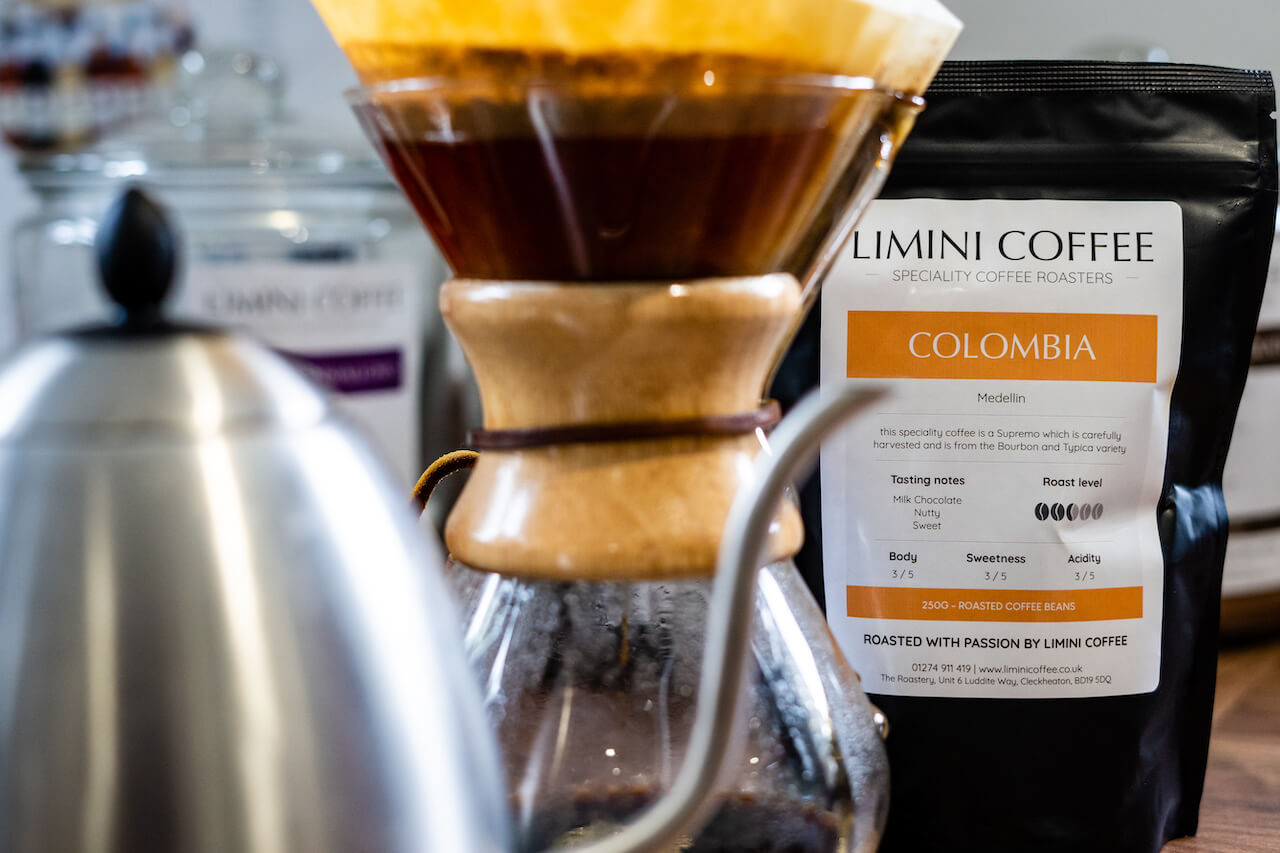
Filter coffee
Filter coffee is beautiful and here we will introduce you to some of the more popular methods.
.webp)
call us for a chat on 01274 911 419
Monday - Friday | 09:00 - 16:30
Closed bank holidays
Terms and conditions | Privacy policy | Website settings
By continuing to browse you agree to our use of cookies.
Copyright © 2008-2025 Limini Coffee Services Limited. All Rights Reserved

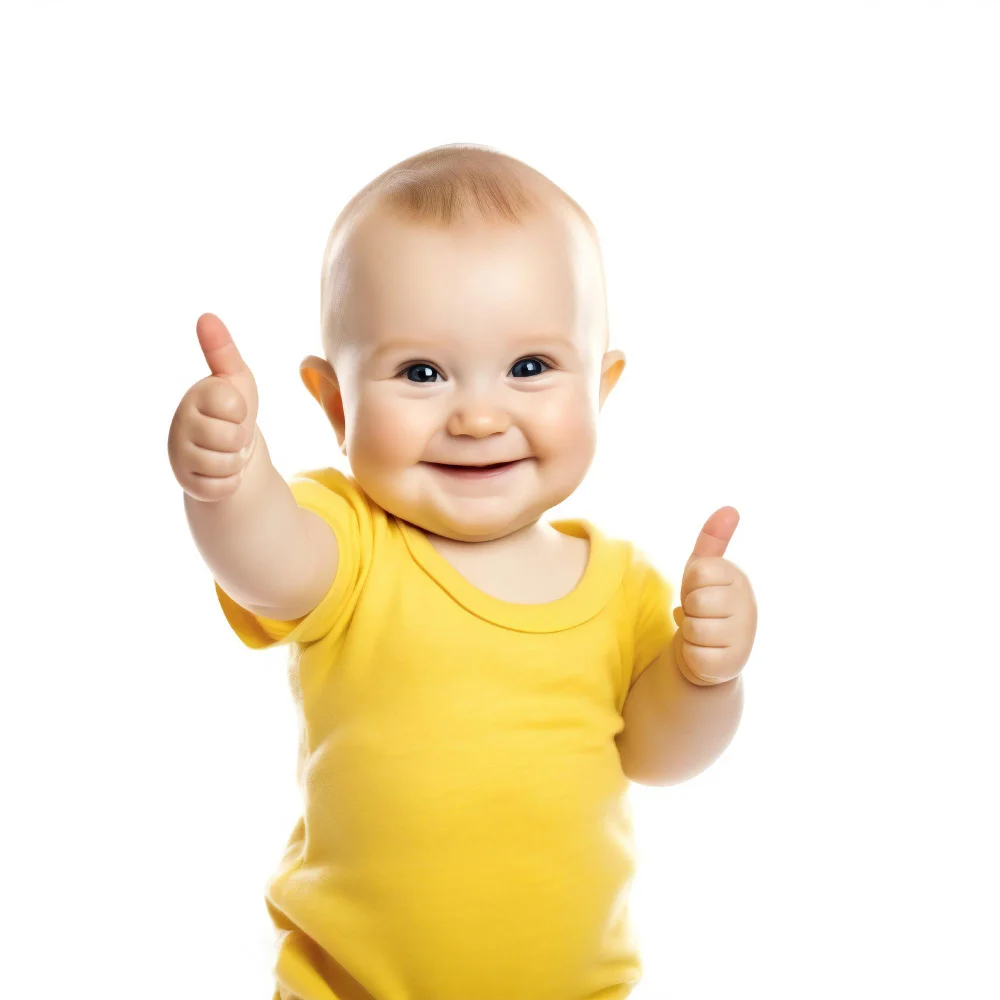
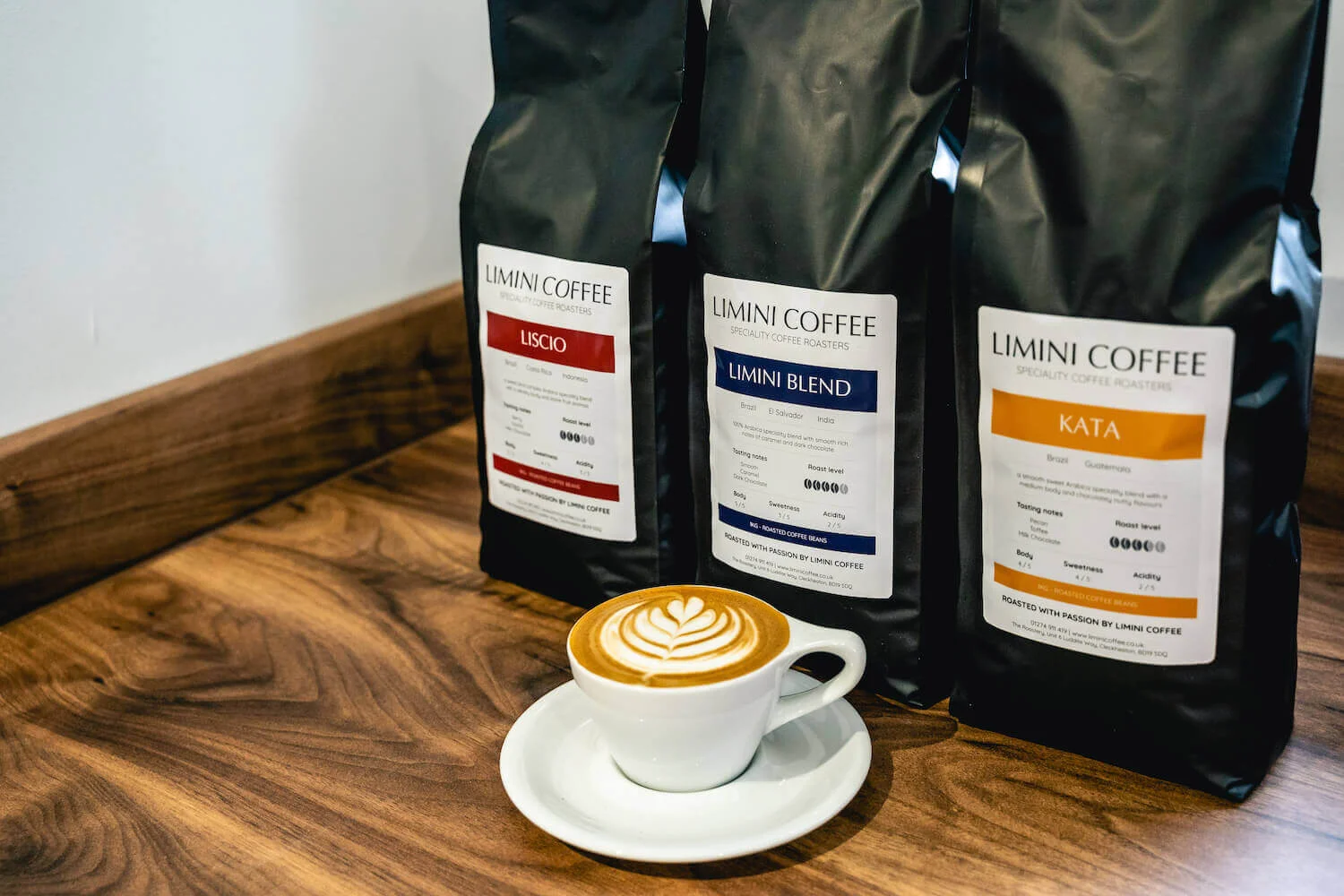
.webp)


